Political powers rarely reflect on the means they use to stabilize themselves, just as history rarely reflects on its making – it just is. The constructed nature usually only reveals itself after walls have fallen and regimes have tumbled down, but even then, the place where an in-depth reflection can take place is in the academy, or in art.
“Istorii MonuMentale”, an exhibition of video installations shown at ARCUB from March 17th to May 8th, offers such a perspective. Curated by Olivia Nitiş, it featured artworks by nine artists. They reflected on the meaning of monuments in Bucharest and other places in Eastern Europe that have been the sites of tumultuous transformations in the past decades.
Descending the flights of stairs to the exhibition space in ARCUB’s historic venue, one could experience an intense sense of immersion; located in the basement, in a series of small rooms with stone walls, illuminated by dim lights, the exhibition showed the video installations to their full advantage.
The center piece was surely Monument by Igor Grubić, a video portrait of selected monuments commemorating anti-fascist partisans in former Yugoslavia. Because they were erected by a political power that doesn’t exist anymore, leaving the region in a constant transition ever since, they are now falling prey to decay and demolition. They take a piece of anti-fascist heritage with them in their decline. Grubić reveals their fragility by showing them against the backdrop of the surrounding nature: wind vs. steel, moss vs. concrete. Human attempts to stop history are confronted with the ongoing flow of nature taking its course. While usually monuments are shown upfront, even slightly from underneath so as to underline their majesty, Grubić offers close-ups and angles from which the full size and shape of the object are never really uncovered. The force of the conventional gaze on monuments can be measured by just how excruciating this angle is to the spectator; it feels incomplete. Thus, the installation counteracts the meaning that political power imposes on monuments. It reveals society’s indifference to a history that used to be important and of which monuments are a materialization, but not to call for their preservation – the impulse is rather to show that they can never be tamed, they are always unstable and their meaning can never be fully contained and possessed. This way, Grubić’s work questions the very definition of a monument.
Other installations in the exhibition illustrated a different kind of monument, ‘living monuments’, like the soldiers whose proud march is foiled by the bloody footprints they leave behind on a white floor in Valeriu Şchiau’s work, or the policemen that Anca Munteanu Rimnic shows submissively kneeling down in the street. Both work to deconstruct the heroism usually attributed to the ranks of soldier and policemen alike.
MAP — Action Boxing Club by Elana Katz, another compelling artwork in the exhibition, shows the violent side of forgetting. It is part of a larger project called Spaced Memory, in which Katz uncovers and performs at Jewish spaces in Eastern Europe that don’t exist any more, thus reflecting on the erasure of memory and community. The exhibition features a video documentation of a site-specific performance in Pristina that Katz held in a space that the Jewish community probably occupied in the past, but no longer. The video shows Katz as she is standing at the entrance next to a bowl of talc. Every time a visitor enters the room, she dips her hand into the bowl and shakes hands with the person, thus passing the talc on to them. The performance is based on touch, making it visible to the eye. If the talc is a metaphor for history, then it is interesting to see what visitors do with it – some ignore the talc on their hands and carry on as if nothing happened. Others try to get rid of it, desperately trying to wipe it off their black suits. They touch each other and further spread the white powder among the crowd. The performance makes them do something to history that they are often not forced to do – they have to deal with it once they have come in touch with it: commemorate it, spread it, or try to erase and forget it.
It became clear as one moved through the exhibition that the underlying theme was the deconstruction of the classic monument, its heroism, and attempts at establishing as well as demonstrating political power through it. The works did so by revealing the fragility of past as well as modern monuments, and the histories that have been erased or moved to the periphery. This meta-level in the discussion of European collective memory is rare, but valuable.
Istorii MonuMentale was at ArCuB between 17 March – 8 May 2016.
Artists: Irina Botea (Ro), Cătălin Burcea (Ro), Igor Grubić (Hr), Elana Katz (De), Sorin Oncu(Ro), Anca Munteanu Rimnic (Ro), Gabi Stamate (Ro), Marilena Preda Sânc (Ro), Valeriu Șchiau (Ro)
Curator: Olivia Nițiș.
POSTED BY
Tina Reis
Tina Reis is a Berlin-based anthropologist and writer currently residing in Bucharest for an internship at CubicMetre - resources for culture. She recently graduated with a B.A. in European Ethnology ...
practicetopolicy.wordpress.com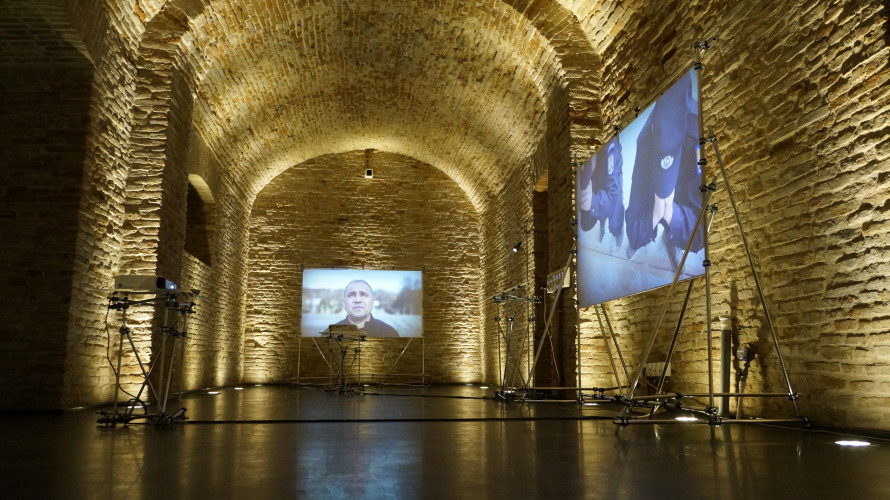
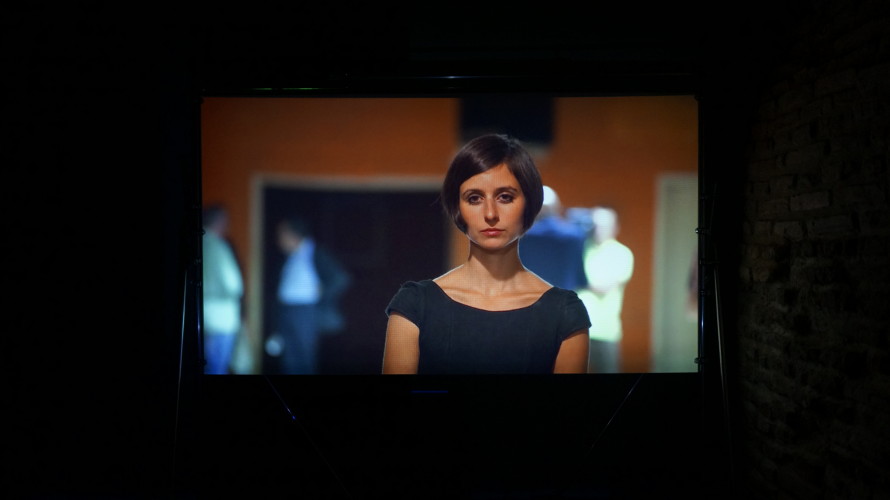
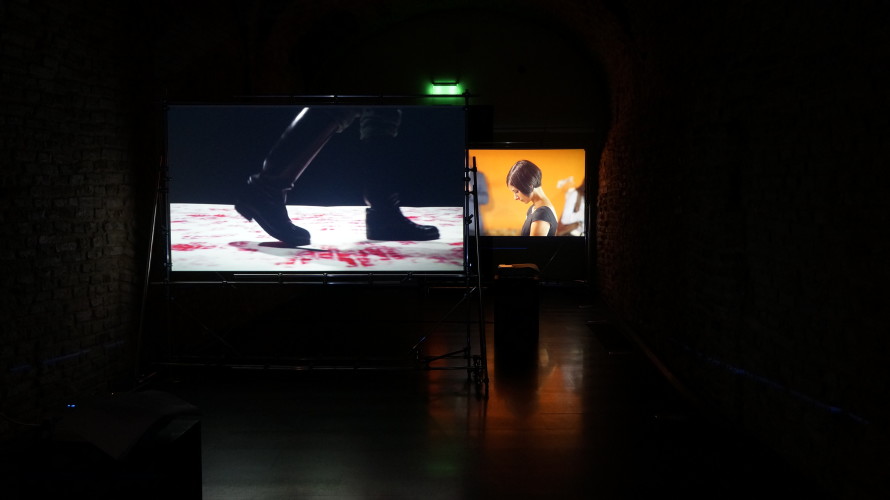

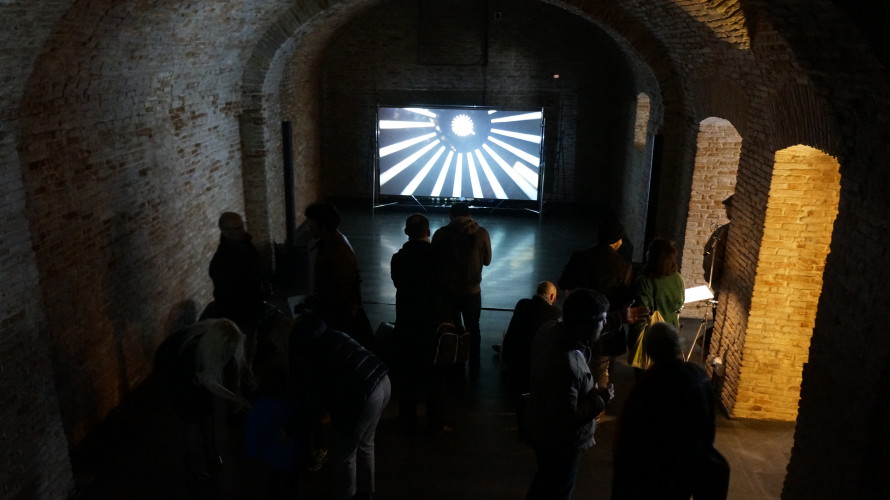
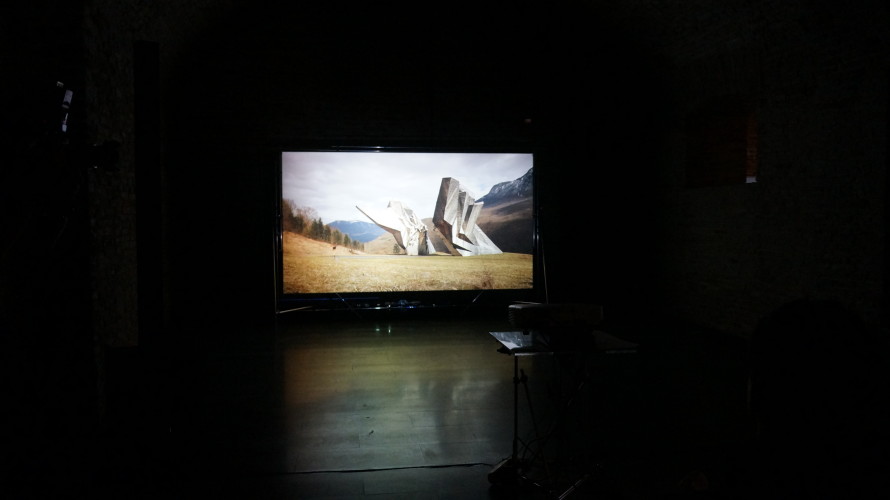
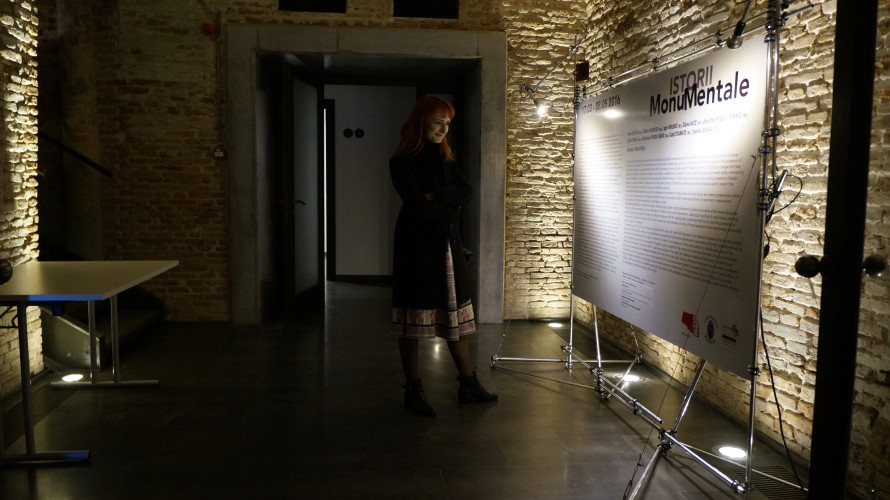
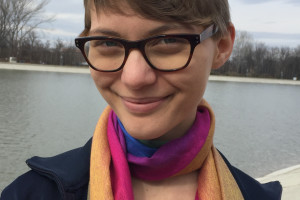
Comments are closed here.